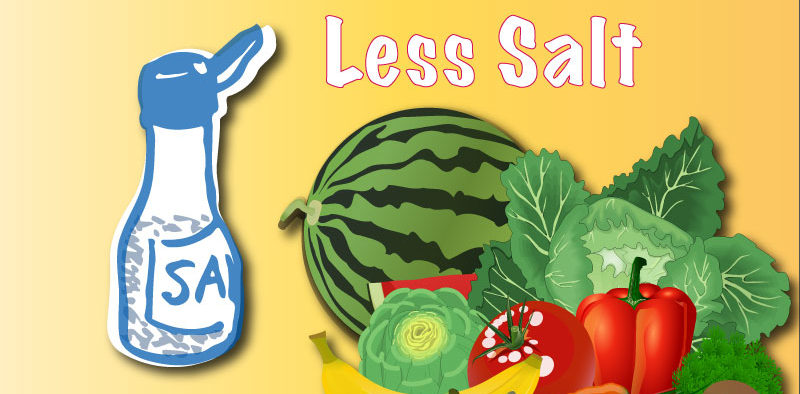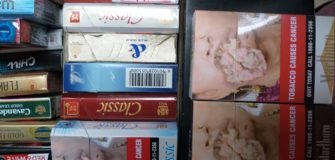Less Salt Intake Can Improve Your Health

- People in India consume 75% of sodium from packaged and restaurant food items
- 75% sodium intake exceeds the recommended level of sodium intake by WHO.
- In Delhi and Haryana, it is 9.5g per day.
- Excessive salt over time can cause irreparable damage to the kidneys.
- High salt intake also causes a rise in blood pressure.
While WHO recommends about 5 grams of salt intake per day for adults in India, public Health Foundation of India (PHFI) alerts that people in India consume 75 percent of sodium from packaged and restaurant food items which exceeds the recommended level of sodium intake by WHO.
PHFI says that in Delhi and Haryana, salt consumption per adult is about 9.5g per day. This is a key risk factor for hypertension and heart disease in India.
Researchers and policy-makers around the world are sensitising people on reducing salt intake to control hypertension and cardiovascular diseases which are difficult to control.
Dr Maj Prachi Garg, Secretary IMA NDB said, “The terms salt and sodium are often used interchangeably, however, they mean different things. Salt comprises sodium and chloride. It is the sodium in salt that can be bad for your heart. While salt is essential for life, it is important to consume the right kind and maintain a proper salt-to-potassium ratio. It is noteworthy that more than 75 percent of the sodium we consume comes from packaged and restaurant foods.”
Therefore, it is imperative to restrict dietary intake of salt to lower the risk of developing a heart disease by 25 percent and mortality due to this by 20 percent.
Dr KK Aggarwal, President, Heart Care Foundation of India (HCFI) said, “The Indian diet is high in sodium and their salt consumption is one of the biggest contributing factors for non-communicable diseases. Excessive salt over time can cause irreparable damage to the kidneys as well. High salt intake also causes a rise in blood pressure, a condition known as hypertension.”
“High blood pressure can harden the arteries, further decreasing the flow of blood and oxygen. An impairment in the flow of oxygen can cause your skin dry and develop wrinkles faster. Such effects can make anyone look dull and older along with other health effects,” he said.
The heart diseases among 3rd to 5th decade of Indians are going up in numbers. There are scores of reasons which causes heart ailments. Food habit and less physical activity is the major reason out of other factors. The spices are added to every indian cuisine. Salt is an essential ingredient of Indian kitchen. Indians add salt to almost every food to balance the flavor of spices in the food.
Tips To Reduce Salt Intake:
- Add only normal amounts of salt when cooking.
- Avoid adding raw salt once the meal is prepared.
- Do not have preserved and packaged foods. Such food items contain maximum salt
- Read the labels when shopping. Look for lower sodium food items.
- Remember that it takes three months of a salt-free diet to adopt it as your food habit.

















